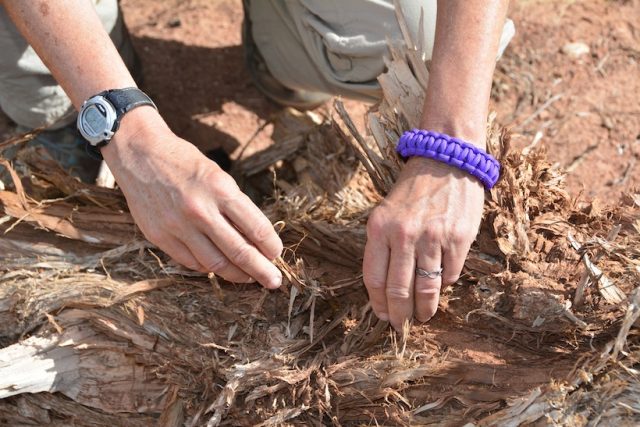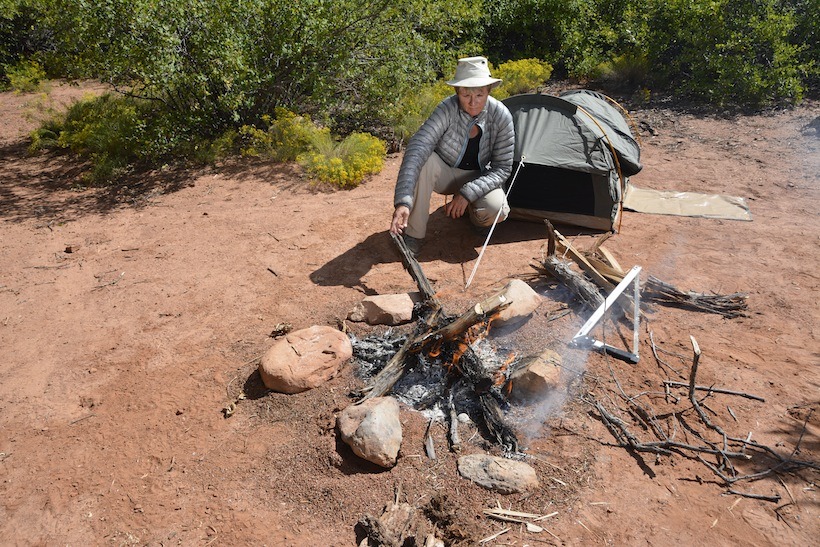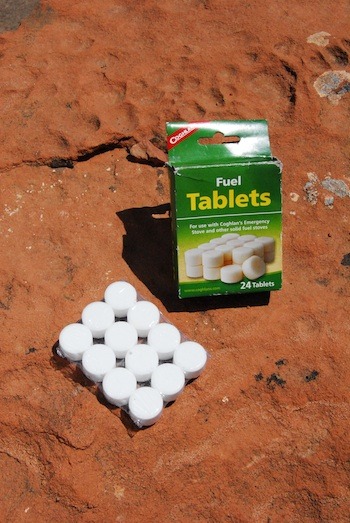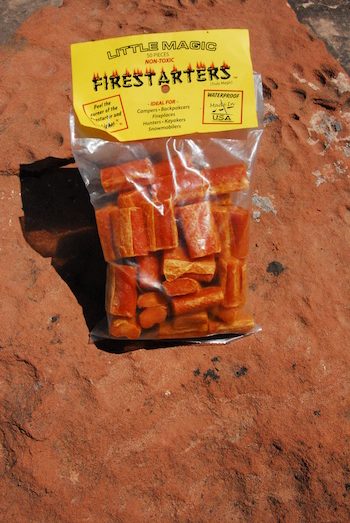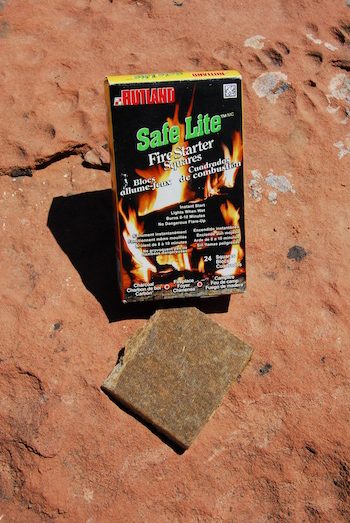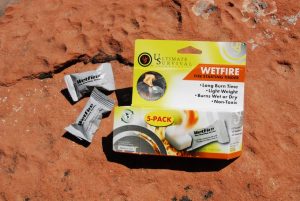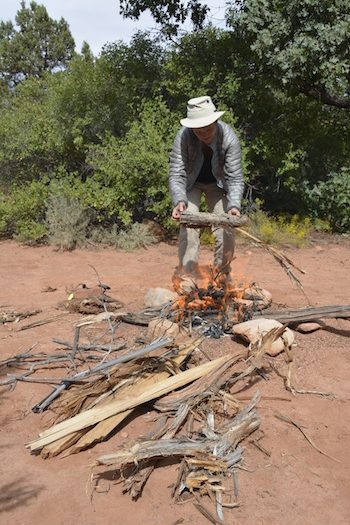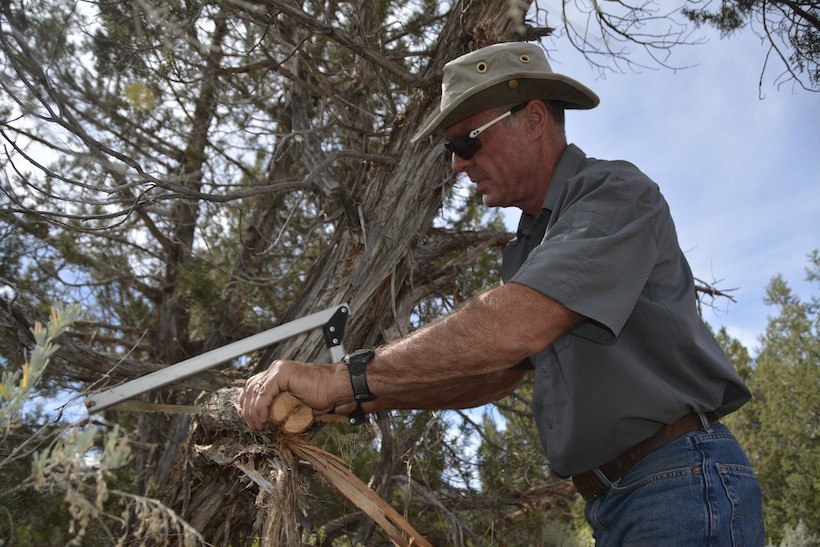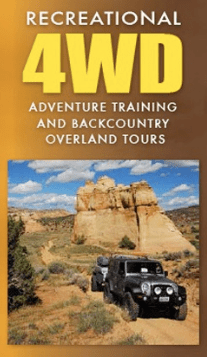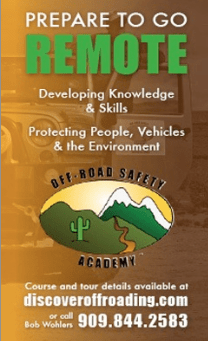This series is for those involved in vehicle-supported adventures. The content can help anyone survive a minor or major mishap, breakdown, or vehicle accident in the remote backcountry. The series is not, however, about living off the land for an endless length of time. The presented information can help you remain comfortable for several hours, a couple of days, or even a week or two in the backcountry should an off-roading adventure go bad.
The first installment in this series discussed the Survival Pyramid and the Will to Live. Click here to read this article.
Watch any of the popular survival reality TV shows (Alone, Survivorman, etc.) and you’ll realize that fire building is very important. Even in a hot climate, fire can disinfect water, cook a meal, keep dangerous animals at bay, improve your morale, light your camp, and signal Search and Rescue (SAR) personnel. In cold climates, a fire can help you ward off extremely dangerous and deadly hypothermia.
To build a fire you need three important fuel types: tinder, kindling, and fuel.
Tinder
Tinder is any dry, loose, and fluffy material that can catch fire with a simple spark, electrical discharge, match, or directed heat from the sun.
In the natural environment, look for dry branches. Once you find some small branches, use your knife to begin shaving away thin, small, curling shards of wood. Also, look for:
-Dry pine needles
-Punk wood (the light and fluffy wood fibers found in the middle of rotten logs)
-Dry cattails
-Bark – small pieces that can be ground up by hand
-Dry moss and ground covering
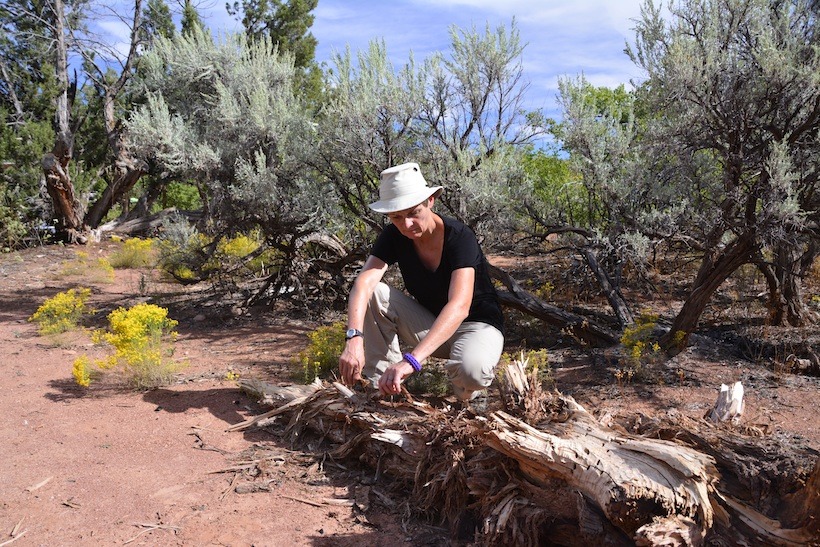
Some of the best tinder is brought from home. Place homemade and commercially available tinder in individual zip-lock bags and keep a selection in your survival bag. -Cotton balls impregnated with petroleum jelly (the very best home-prepared tinder)
-Char cloth
-Commercially available tinder
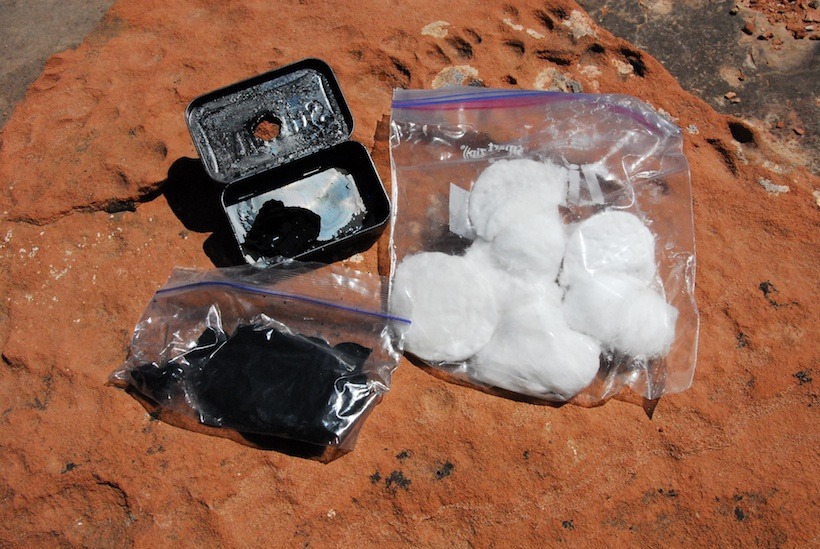
Commercially available fire starting material or compounds include hexamine tablets and fire-starter mini-logs, bricks, squares, or nuggets. WetFire was developed for military personnel and is a universal lighting material that is odorless, easy to carry, and unaffected by wind or water. In fact, WetFire can catch fire while floating on top of the water. The only down side is that it is expensive. I have several small packets of WetFire in various gear bags I always take with me when overlanding.
Kindling
Kindling is larger and thicker than natural tinder. Kindling is dry, easily combustible material such as small sticks, twigs, pinecones, cardboard, or other dry material used to enlarge and extend a fire beyond burning tinder.

Fuel
Moving up in size, logs and other fuels are carefully added to burning kindling to sustain and enlarge the fire.
Start with smaller logs. Smaller logs will eventually become embers that can sustain the fire over time and easily ignite larger logs. Natural items considered fuel include dry standing wood, medium to large dead branches and logs, dried animal dung, and dry grasses twisted into a tight bunch.
When collecting fuel, having a hand saw can be very valuable. I have a saw and hatchet mounted on my off-road trailer. When collecting fuel, collect more than you think you’ll need. To keep a fire burning through an entire night, you will need at least 10 armloads of logs (although you can never have enough).
Ideal Size and Best Location for a Survival Fire
Keep your survival fire small – just large enough to keep you warm, boil water, or cook food. There is no need to have a large fire for hours on end. The larger the fire, the more fuel you burn at a rapid rate. Large fires require lots of fuel. This causes you to expend unnecessary calories collecting or cutting wood.
Instead of maintaining a large fire, keep on hand a large pile of kindling branches and logs to quickly add to your fire when you hear rescuers approach. Thin, green branches (fresh from a live tree) added to a hot fire during the day will produce lots of whitish smoke and be visible for some distance.
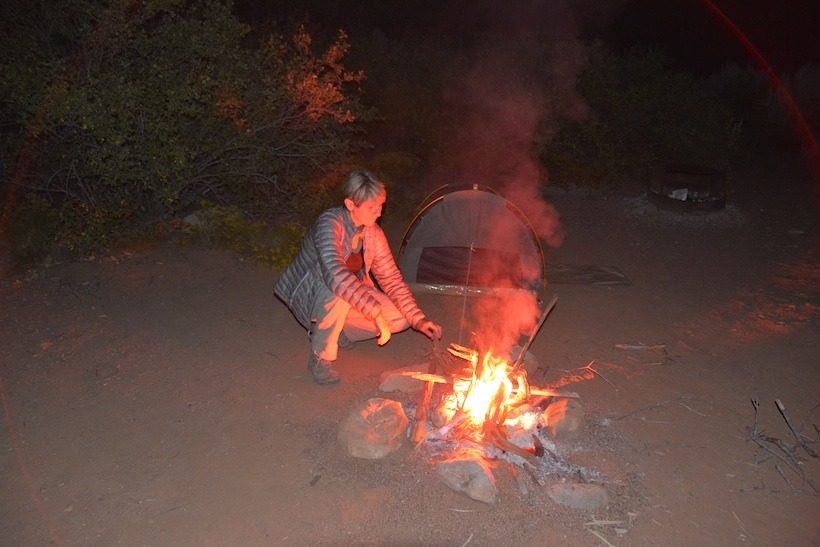
Part II of Survival Fire Building in The Adventure Portal will cover how to start a survival fire and how to make and sustain your fire. Look for it soon.
Words & Photos by Bob Wohlers:
Bob teaches corporate, government, and recreational off-road safety, survival, and wilderness first aid courses. Some of Bob’s corporate clients have included T-Mobile, Verizon, PG&E, and Southern California Edison. As a registered government contractor, he teaches courses for the National Park Service and BLM. Currently, Bob teaches monthly introductory and advanced recreational off-roading at Prairie City, a California State Recreational Vehicular Area (SRVA). He also organizes and leads groups on 4WD adventure tours into the remote backcountry. Find out more about his trainings and guided adventures at discoveroffroading.com
Bob’s new book, “Live Long to Wander-Basic Survival and Bushcraft for Vehicle-Supported Adventure: To be released at the 2017 Overland Expo in May.







